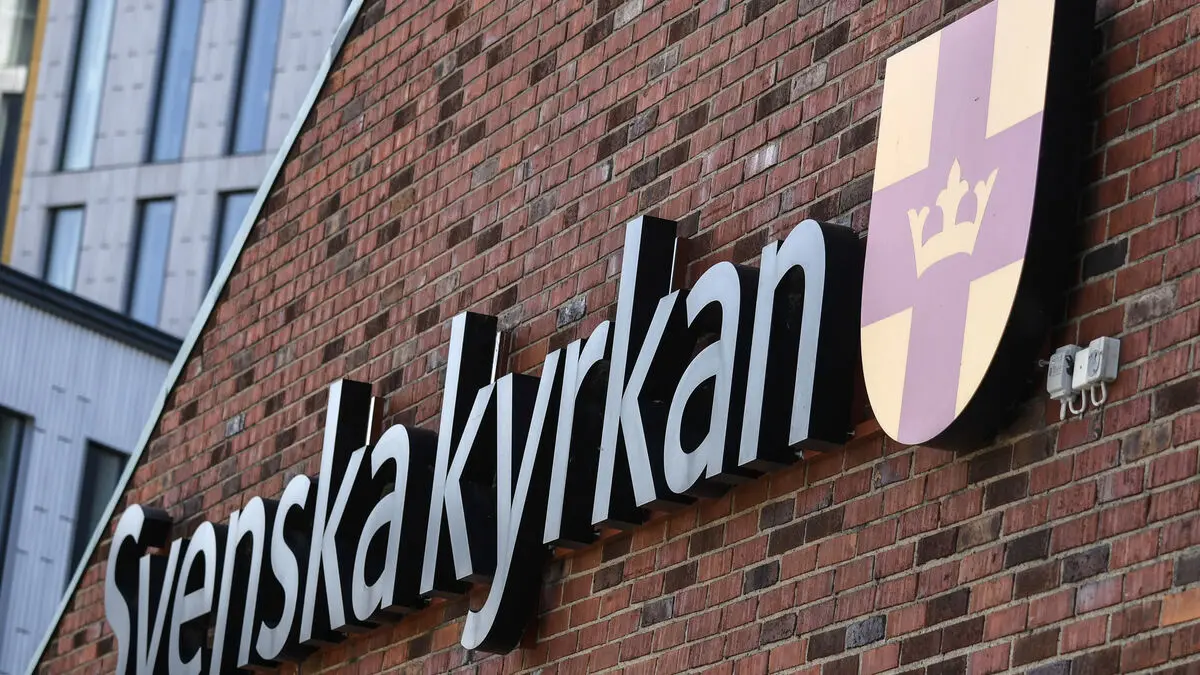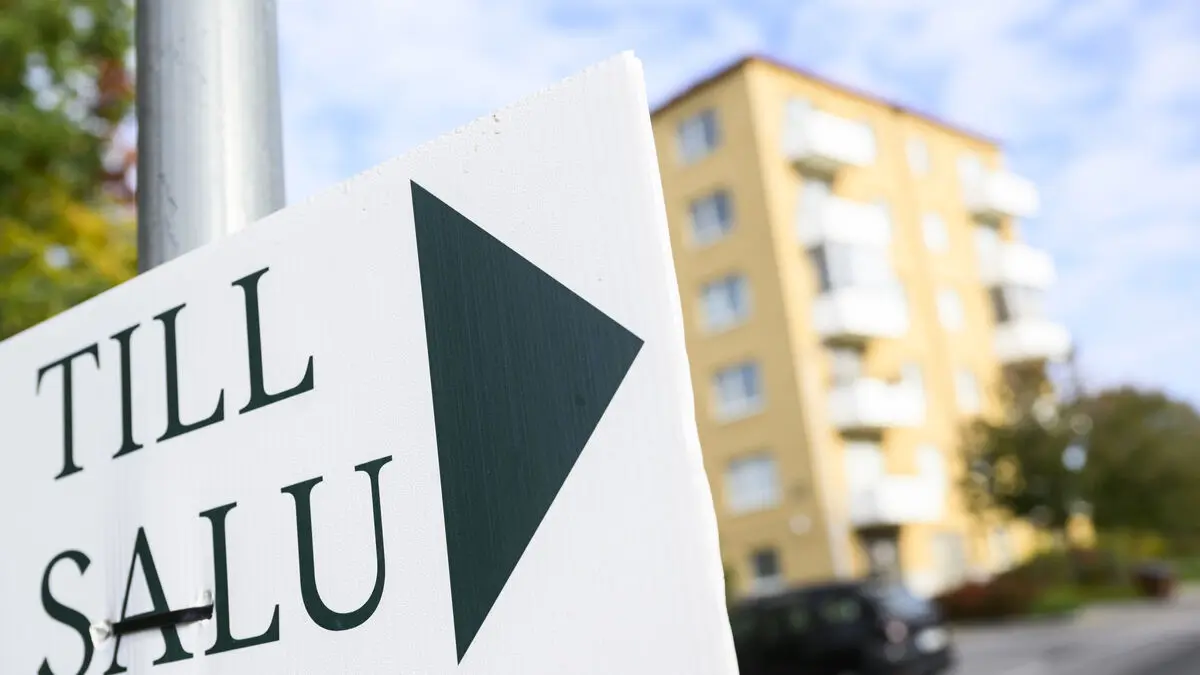What is GHF?
Gaza Humanitarian Foundation (GHF) is a new organization that the USA, with the support of Israel, launched at the beginning of May. The idea is that it will handle all distribution of food, medicine, and other assistance to war-torn Gaza, where almost the entire population risks starvation due to Israel's previous total blockade of emergency relief for two months. The USA is excluding the UN and other established organizations, explaining that previous aid routes have led to Hamas and other terrorist-classified groups being able to grab them.
Who is behind GHF?
According to the USA's information, the foundation is a new initiative with private donations, The Washington Post has, for example, reported on $100 million from an anonymous donor.
But politician Avigdor Lieberman, who previously sat in Prime Minister Benjamin Netanyahu's government, states that GHF is financed by Israel's intelligence service and the Ministry of Defense.
Has the work begun?
Yes, GHF received Israel's permission to distribute aid in the Gaza Strip at the beginning of last week. But hardly had the operation started before the foundation's CEO Jake Wood left his post.
"It is clear that this plan cannot be implemented if one strictly follows the humanitarian principles of humanity, neutrality, impartiality, and independence," he hailed.
A few days later, reports began to flow in about chaos when thousands of desperate Palestinians crowded and fought over the rations GHF distributed. Witnesses describe to news agencies how Israeli military opened fire on several occasions to control the crowds.
The shooting was very intense, the bullets made the sand swirl around us, says Shihada Jihazi to AP.
GHF claims that despite everything, it has distributed several million "food packages", small packets with basic goods such as sugar and pasta. Critics argue that even if it is true, it only corresponds to a single meal per week per inhabitant in the Gaza Strip.
"This is just the start," explains GHF's new temporary CEO John Acree.
What happened in Rafah over the weekend?
The bloodiest incident so far related to GHF occurred on Sunday night. Large crowds of Gazans were then on their way to Rafah. According to witnesses, Israel suddenly opened fire, at least 30 people are said to have been killed and over 170 injured, writes AP.
The bloodbath is denied by Israel's military. What they confirm to the media is that warning shots were fired against people who, away from the GHF facility, allegedly deviated from the designated safe route and attempted to approach them.
International media outlets emphasize that this and other similar incidents have taken place in areas where no independent media are allowed.
"Reuters has not been able to verify what happened on its own," writes the news agency after another similar incident, with eyewitness accounts of several dead, in the Rafah area.
What's next?
The situation appears to be locked between Israel, the USA, and GHF on the one hand, and the UN and the established aid industry on the other. Israel claims that GHF should have a monopoly on aid deliveries, despite the organization only having four distribution hubs in the entire Gaza Strip, compared to several hundred in the previous system handled by UN agencies.
The UN argues, like former CEO Jake Wood, that GHF's operations cannot possibly live up to humanitarian principles.
Critics of the organization also bring up the links to the military that Lieberman mentioned, and point out in that context that three of the four distribution sites are located near Rafah in the southwest. Even the fourth is located south of the city of Gaza, which before the war was the largest metropolis in the Palestinian area. Many fear that the strategy is to lure Palestinians to these areas, so that Israel can quietly take over and occupy the rest of the strip – as a step in the annexation plan that the USA's President Donald Trump has called the "Middle East's Riviera".





